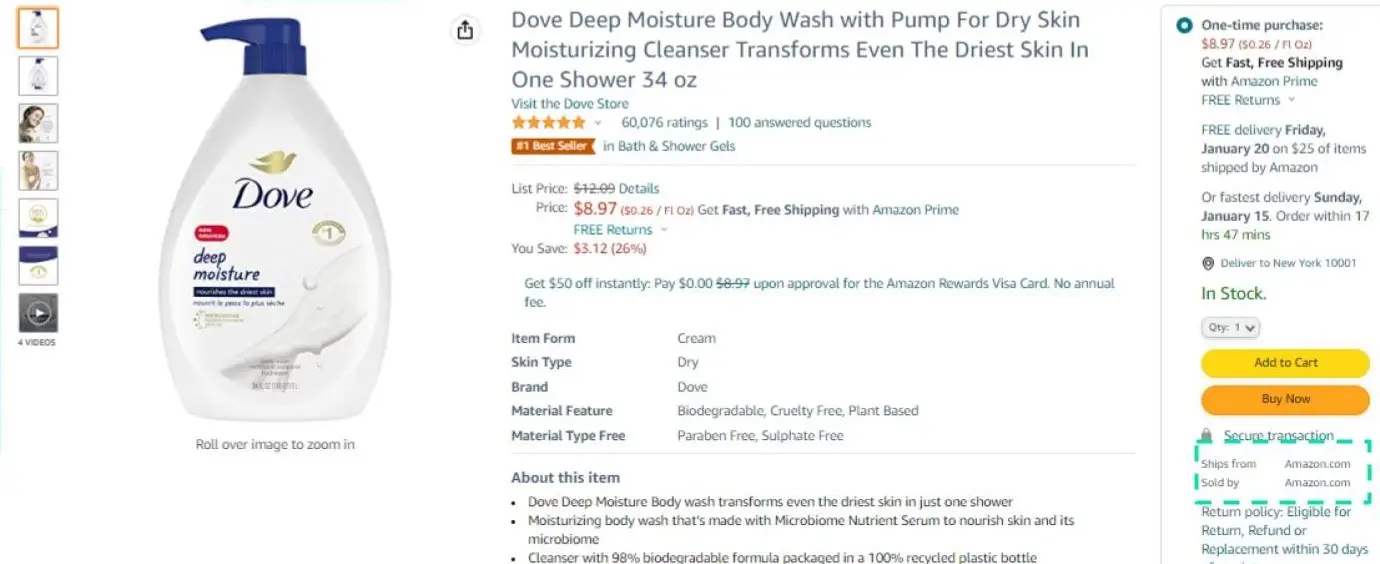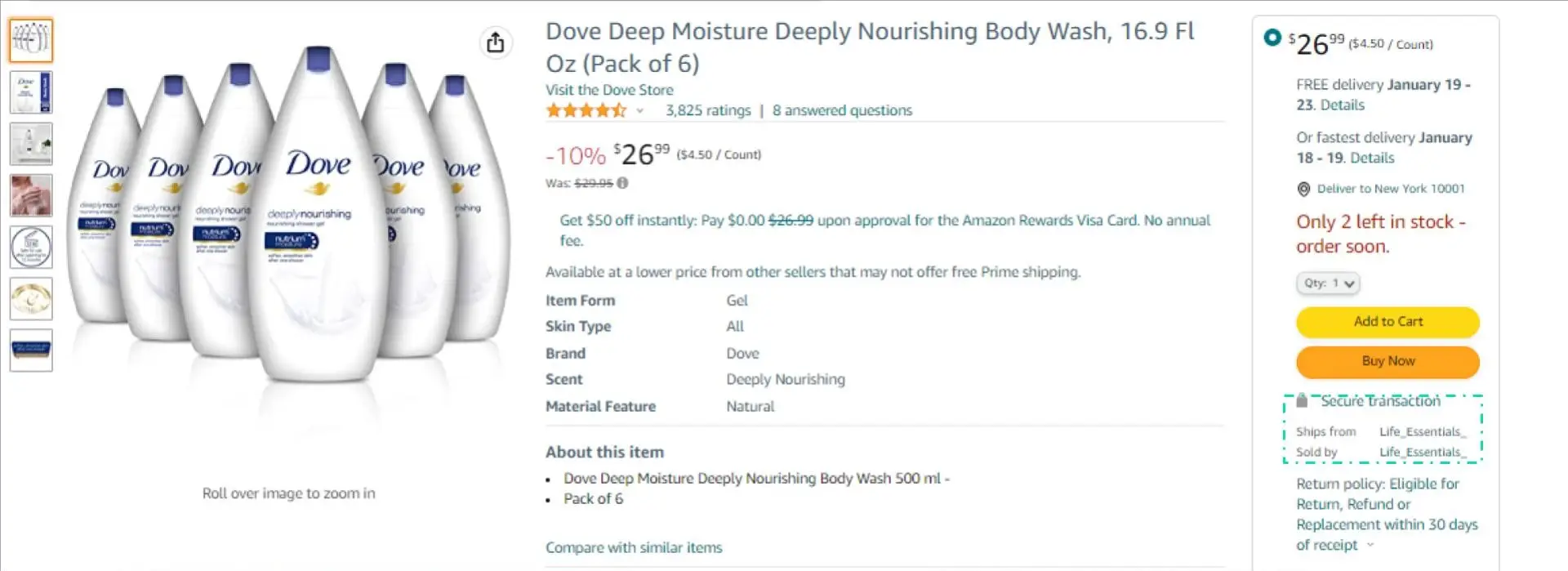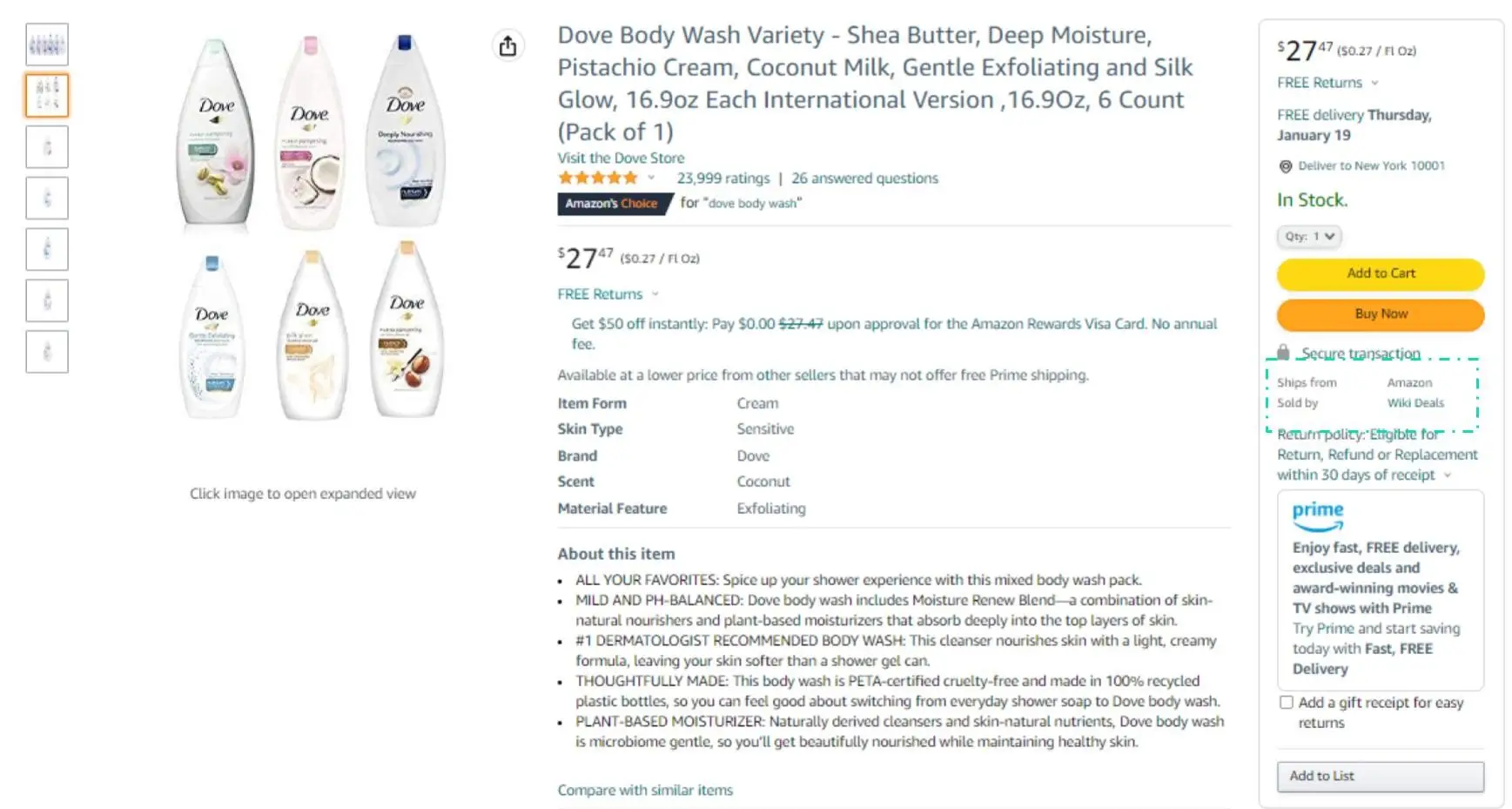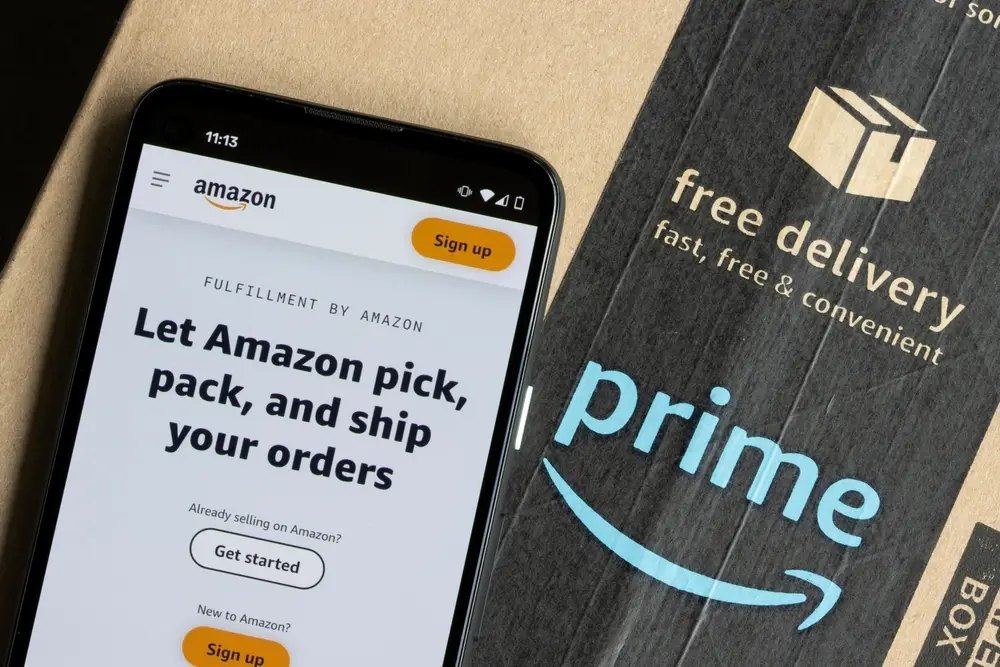The rise of e-commerce has opened up many opportunities for entrepreneurs to launch their own businesses. Whether it was a full-time endeavour or to generate a passive income stream, 472,000 sellers joined Amazon in 2021 according to helium10.com.
While the COVID-19 pandemic adversely impacted many businesses, Amazon sellers thrived. In 2020, Amazon achieved $386 billion in sales, representing a yearly increase of 38% from the previous year. There is no better time than now to launch a business powered by Amazon, but it is important to understand the ins and outs of Amazon’s selling models to find success.
Here, we’ll break down the difference between Amazon’s primary selling models: Amazon 1P, Amazon 2P and Amazon 3P.
What is an Amazon 1P seller?
Whether you are reselling wholesale products purchased from a supplier or launching a unique brand of products, becoming an Amazon 1P seller establishes a one-on-one relationship with the Amazon marketplace.
As an Amazon 1P seller, you will utilise Vendor Central to sell products directly to Amazon, which handles the product’s listing, pricing, sale, and distribution. Simply put, the day in the life of an Amazon 1P seller involves logging on to Vendor Central and fulfilling purchase orders of products that you ship to Amazon.
Once Amazon receives your inventory, they will handle the rest. Effectively, you act as a wholesaler for Amazon. As far as consumers know, they are purchasing an item directly from Amazon, hence the “ships from and sold by Amazon.com” messaging on Amazon 1P product listings.

What is an Amazon 3P seller?
While 1P selling on Amazon is a solid option for business owners with an established brand and products, only vendors hand-picked by Amazon themselves can access Vendor Central. For this reason, Amazon 3P selling has risen to become the most popular option for entrepreneurs to get up and running on the Amazon marketplace.
According to statistica.com, in the third quarter of 2022, 58% of paid units on Amazon were sold and fulfilled by 3P sellers. In 2021, Amazon saw a total revenue of $103.4 billion in 3P sales, representing an increase of $23 billion from the previous year.
Unlike Amazon 1P selling, which is by invitation from Amazon only, 3P selling is quite simple to jump into. After registering an account on Amazon’s Seller Central, sellers can select a paid plan and begin utilising the marketplace to reach consumers. As a 3P seller, you are given the right by Amazon to list your products on their marketplace. The relationship ends there as pricing, marketing, inventory management, customer relations, and fulfilment are left up to the seller.
However, Amazon does offer a variety of fulfilment services, including Fulfilment by Amazon (FBA) and Amazon Warehousing and Distribution (AWD).
The keyword when it comes to 3P selling is “controlled”. 3P sellers control all aspects of their products, ranging from pricing to inventory to logistics. Perhaps most importantly, unlike Amazon 1P selling – which gives Amazon the right to sell your products at any price they desire – 3P selling gives vendors complete control over their pricing and profit margins.

What is an Amazon 2P seller?
Alternatively, Amazon 2P is a more hybrid approach where-in you publish and list the products on Amazon marketplace and leverage the retailer’s shipping solution to fulfil the orders. Typically known as FBA (Fulfilled by Amazon), it provides a tactical way to be in control of and diversify the shipping method by letting Amazon store and fulfil orders. Similar to 3P, Amazon 2P is part of Amazon’s Seller Central.

The Bottom Line
For those looking to begin their business-ownership journey on Amazon, both the Amazon 1P and 3P selling models provided by the marketplace each have their own set of pros and cons. Whichever model you choose to pursue, ensuring you are equipped with the right tools and strategies to manage your inventory, pricing, and logistics is critical to success in what has become an ultra-competitive space.
Amazon 1P seller gives you the advantage of selling under the Amazon brand name and great deal of control over your products is relinquished.
On the flip side, a 3P seller requires a great deal of work in securing logistical and fulfilment support, marketing products, managing customer relationships, and juggling inventory.
Over the years, the issue of Unauthorized 3P selling of grey market products, and counterfeits, has seen a rise in eCommerce marketplaces like Amazon and eBay.
Backed by brand protection software like GreyScout, 1P sellers can ensure they are on top of detecting, monitoring and enforcing against infringing Unauthorized 3P sellers.

